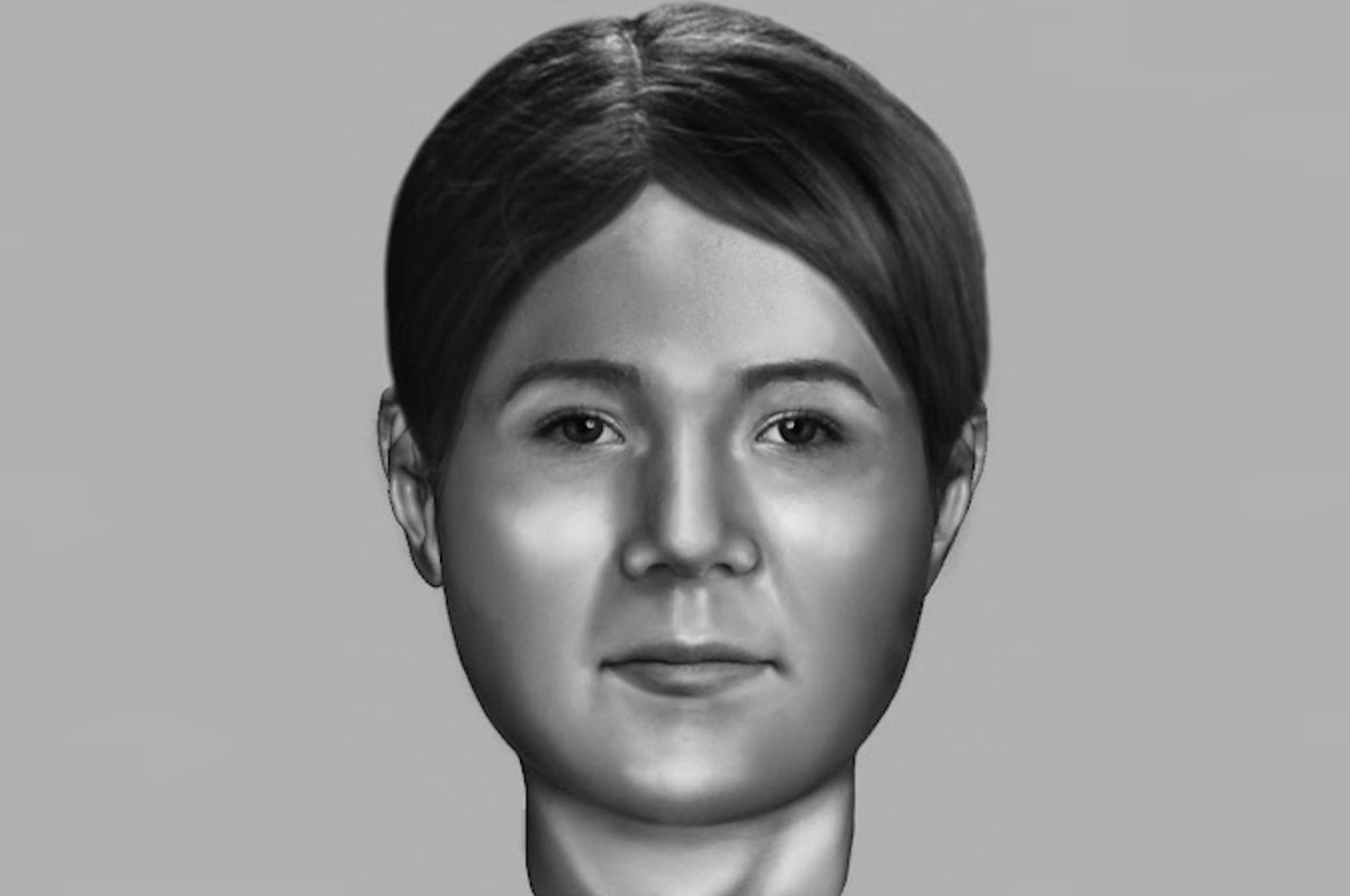526UFKY - Unidentified Female



Reconstructons by NCMEC; original clay rendering.
Date of Discovery: July 4, 1984
Location of Discovery: Bowling Green, Warren County, Kentucky
Estimated Date of Death: Several months to two years prior
State of Remains: Partial skeletal
Cause of Death: Unknown
Race: White
Sex: Female
Height: 4'8" to 5'0"
Weight: 90 to 115 lbs.
Hair Color: Brown
Eye Color: Unknown
Distinguishing Marks/Features: Healed injury to back of skull. Possible scar on right elbow. Possibly right-handed.
Fingerprints: Not available.
DNA: Available.
Jewelry: Unknown.
Additional Personal Items: Unknown.
Agency Contact Person: Dr. Amy Burrows-Beckham
Agency Phone Number: 502-489-5209
Agency E-Mail: Amy.Burrows(at)ky.gov
Agency Case Number: 84-F-38
Agency Name: Kentucky State Police - Post 3
Agency Contact Person: Det. Sgt. Tim Adams
Agency Phone Number: 1-270-782-2010
Agency E-Mail: Timothy.Adams(at)ky.gov
Agency Case Number: Unknown
NCIC Case Number: U756767830
NamUs Case Number: 102
NCMEC Case Number: 1106797
NCMEC
Kentucky State Police



Reconstructons by NCMEC; original clay rendering.
Date of Discovery: July 4, 1984
Location of Discovery: Bowling Green, Warren County, Kentucky
Estimated Date of Death: Several months to two years prior
State of Remains: Partial skeletal
Cause of Death: Unknown
Physical Description
Estimated Age: 12-20 years oldRace: White
Sex: Female
Height: 4'8" to 5'0"
Weight: 90 to 115 lbs.
Hair Color: Brown
Eye Color: Unknown
Distinguishing Marks/Features: Healed injury to back of skull. Possible scar on right elbow. Possibly right-handed.
Identifiers
Dentals: Available (X-rays); She had dental work completed within 4 to 5 years prior to death; several fillings were observed. Hypoplasia (underdevelopment) of two bottom middle teeth.Fingerprints: Not available.
DNA: Available.
Clothing & Personal Items
Clothing: Long sleeved multicolored pullover blouse and red corduroy Levi pants.Jewelry: Unknown.
Additional Personal Items: Unknown.
Circumstances of Discovery
The decedent's partial skeletal remains were located alongside northbound Interstate 65, about 30-40 feet from the roadway.Investigating Agency(s)
Agency Name: Kentucky State Medical Examiner's officeAgency Contact Person: Dr. Amy Burrows-Beckham
Agency Phone Number: 502-489-5209
Agency E-Mail: Amy.Burrows(at)ky.gov
Agency Case Number: 84-F-38
Agency Name: Kentucky State Police - Post 3
Agency Contact Person: Det. Sgt. Tim Adams
Agency Phone Number: 1-270-782-2010
Agency E-Mail: Timothy.Adams(at)ky.gov
Agency Case Number: Unknown
NCIC Case Number: U756767830
NamUs Case Number: 102
NCMEC Case Number: 1106797
Information Source(s)
NamUsNCMEC
Kentucky State Police
Last edited by a moderator:


